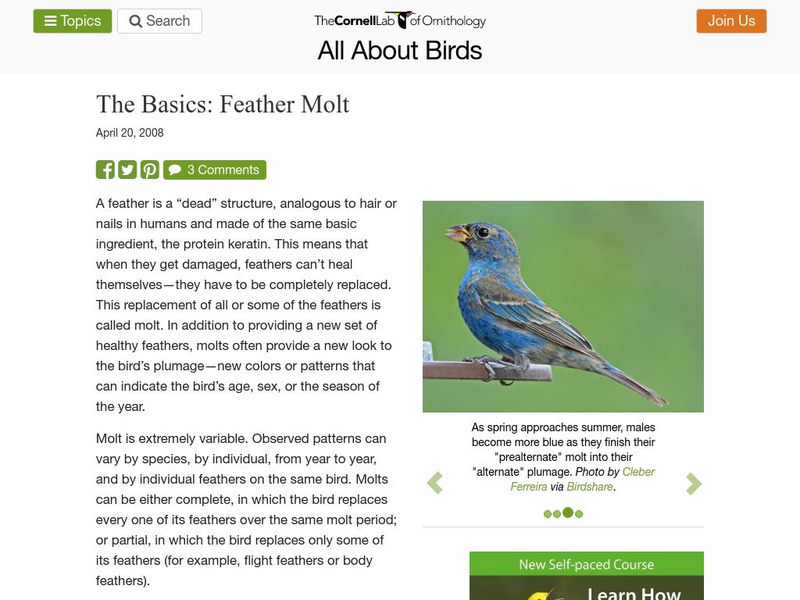Sophia Learning
Sophia: Rephrasing the Question
This lesson explains how to rephrase reading questions into statements to improve understanding of what is being asked and provides examples. This information is offered in text and audio formats.
Sophia Learning
Sophia: Answering the Question Completely
This lesson explains the importance of answering questions completely and how to do so; it provides this information in both text and audio formats.
Polk Brothers Foundation Center for Urban Education at DePaul University
Depaul University: Center for Urban Education: Biography Questions [Pdf]
This graphic organizer contains questions for students to answer as they read a biography. This graphic organizer is a copyrighted material that may be used for educational purposes.
Polk Brothers Foundation Center for Urban Education at DePaul University
Depaul University: Center for Urban Education: Nonfiction Passage Questions[pdf]
This site contains questions for each passage are provided. Graphic organizers are available for these copyrighted materials that may be used for educational purposes.
Sophia Learning
Sophia: Common Question Types
This lesson focuses on the six main types of reading comprehension questions: main idea, purpose, tone, inference, detail, and definition. It explains each type and offers examples in text and in audio formats.
Sophia Learning
Sophia: Identifying the Question Type
In this slideshow tutorial, students will review the different types of reading comprehension questions. Examples of different question stems are provided.
Polk Brothers Foundation Center for Urban Education at DePaul University
De Paul University: Center for Urban Education: Guided Reading/listening Ques: Nonfiction[pdf]
This graphic organizer will assist students with taking notes connected nonfiction content. After taking notes with the graphic organizer, students will ask guiding questions listed on the sheet.
Sophia Learning
Sophia: Answering Based on Context
In this slideshow tutorial lesson, students will review how to answer questions based on context clues. Definitions and short examples are provided related to how to find context clues and then apply the textual evidence to reading...
Read Works
Read Works: Breaking Home Ties
[Free Registration/Login Required] This passage from the Philadelphia Museum of Art focuses on a painting by Thomas Hovenden in 1890. It is followed by a comprehension question set; a Step Read is also available.
Sophia Learning
Sophia: Avoiding Digressions
This lesson focuses on avoiding digressions when answering questions; it defines digressions, discusses the reasons to avoid them, and explains how to avoid them in both text and audio formats.
Sophia Learning
Sophia: Avoiding Digressions
This lesson explains how to avoid digressions when answering reading comprehension questions.
Sophia Learning
Sophia: Identifying Key Question Words and Phrases
This lesson explains how to identify key question words and phrases. This tutorial lesson shares a short slideshow with the lesson's content.
Polk Brothers Foundation Center for Urban Education at DePaul University
Depaul University: Center for Urban Education: Lecto Fluido [Pdf]
This fluency graphic organizer for reading speed and comprehension will be used to record reading times and what they learned. Guiding questions are included to help students reflect about what they learned. This resource's prompts are...
Sophia Learning
Sophia: Reading Strategies: Tutorial
In this slideshow tutorial, students will review different types of reading strategies to promote comprehension of text. The strategies included are the following: making predictions, visualizing, questioning the text, retelling,...
Other
Say, Mean, Matter [Pdf]
This rereading strategy has students answer three questions: What does it say? What does it mean? and What does it matter? The strategy is called by the short title of 'Say, Mean, Matter.' It gives students a way to question a text, look...
Other
Preposiciones Por Para
This site offers a terrific layout of the uses of por and para in an easy to read chart. You can also participate in a series of online exercises that will test you on what you've learned from the chart. Click on a number at the bottom...
Enchanted Learning
Enchanted Learning: 5 W's Diagrams
Enchanted Learning provides several examples of graphic organizers that can be used for gathering Who, What, Where, When, and Why information, either for reading comprehension or prewriting. These template suggestions can only be printed...
Education Place
Houghton Mifflin: Eduplace: 5 Ws Chart [Pdf]
This site from Houghton Mifflin Company provides a simple, reproducible chart to help students gather details of Who, What, When, Where, and Why. This could be used as a reading comprehension tool, or as prewriting for expository writing.
ReadWriteThink
Read Write Think: K W L S Chart
A printable K-W-L-S sheet to help students activate prior knowledge, ask questions, record new learning, and then ask additional questions to extend inquiry beyond the text . Directions on how to use this type of graphic organize as well...
Scholastic
Scholastic Teaching Resources: Informational Reading Response [Pdf]
This graphic organizer can be used with students when they read informational text. Students will write three facts they learned, two questions they still have after reading, and one interesting fact that they want to share.
Cornell Lab of Ornithology
Cornell Lab of Ornithology: Molting
Why do birds molt? How many times a year do they molt? When do birds molt? These questions and more are answered on this comprehensive site.
Curated OER
Mexican Culture Worksheet
This reading comprehension activity teaches Mexican culture and reinforces reading skills with a short essay followed by multichoice questions to check comprehension.
Curated OER
The Giant Panda
The Panda's opposable thumb is a mystery of evolution that is discussed in this site. Possible factors influencing this feature are presented with diagrams, photographs, and interactive questions to check for comprehension.
Curated OER
Paw of the Giant Panda
The Panda's opposable thumb is a mystery of evolution that is discussed in this site. Possible factors influencing this feature are presented with diagrams, photographs, and interactive questions to check for comprehension.
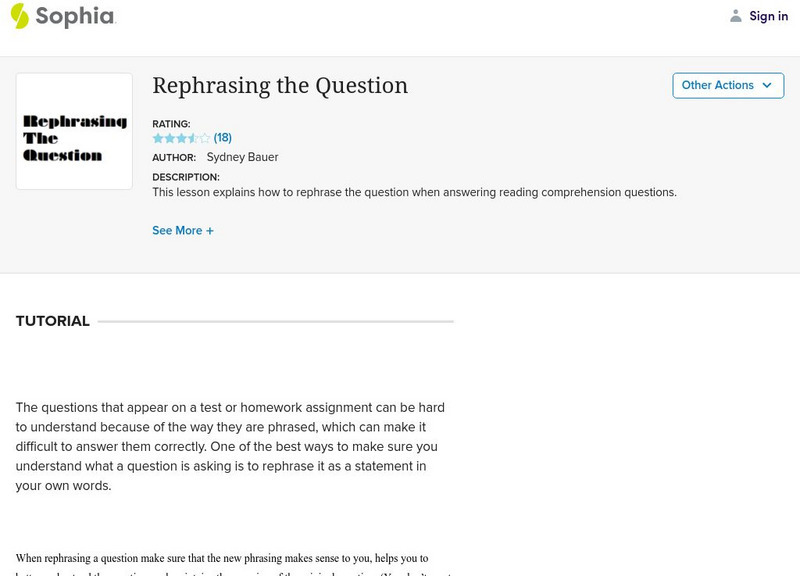
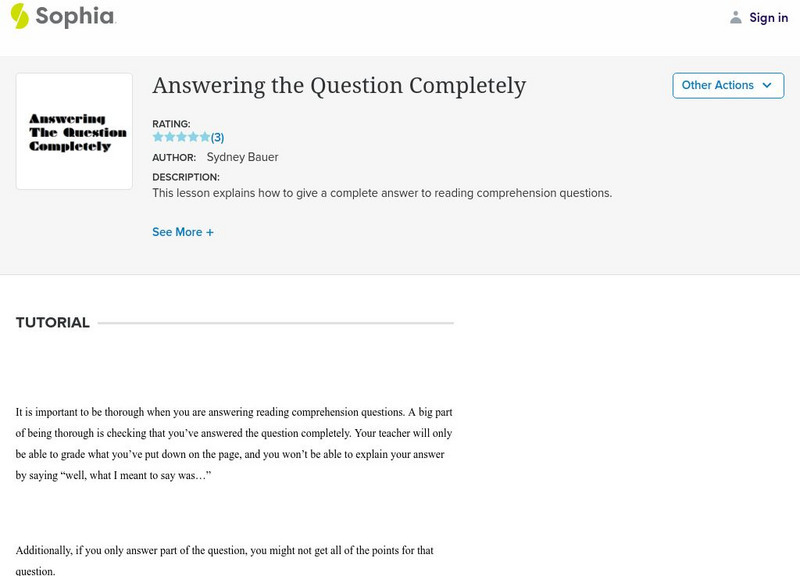
![Depaul University: Center for Urban Education: Biography Questions [Pdf] Graphic Depaul University: Center for Urban Education: Biography Questions [Pdf] Graphic](https://d15y2dacu3jp90.cloudfront.net/images/attachment_defaults/resource/large/FPO-knovation.png)
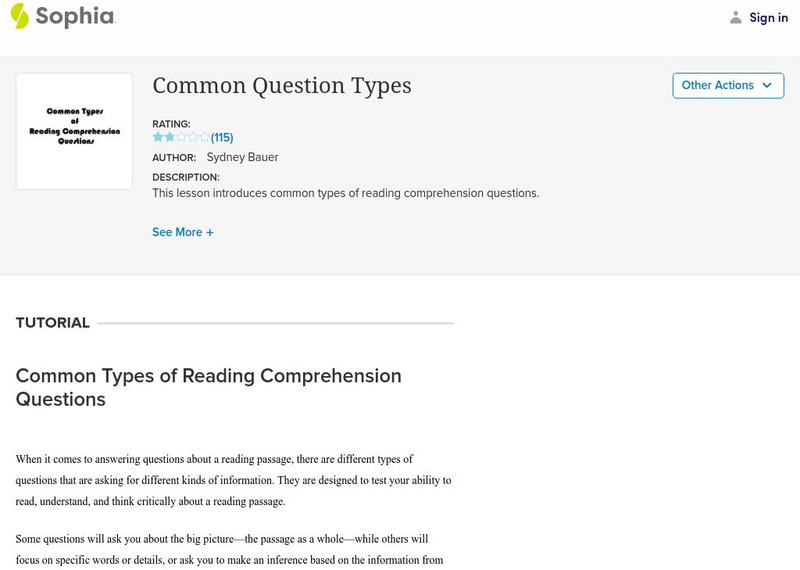




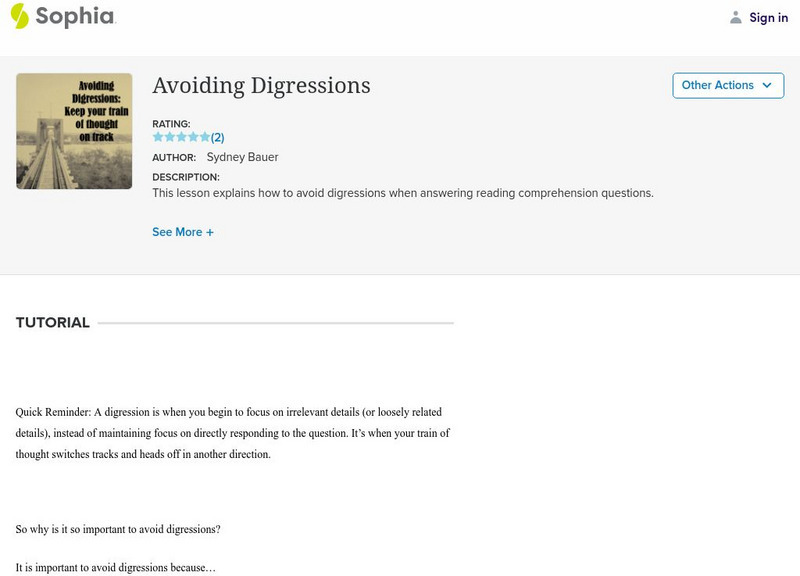
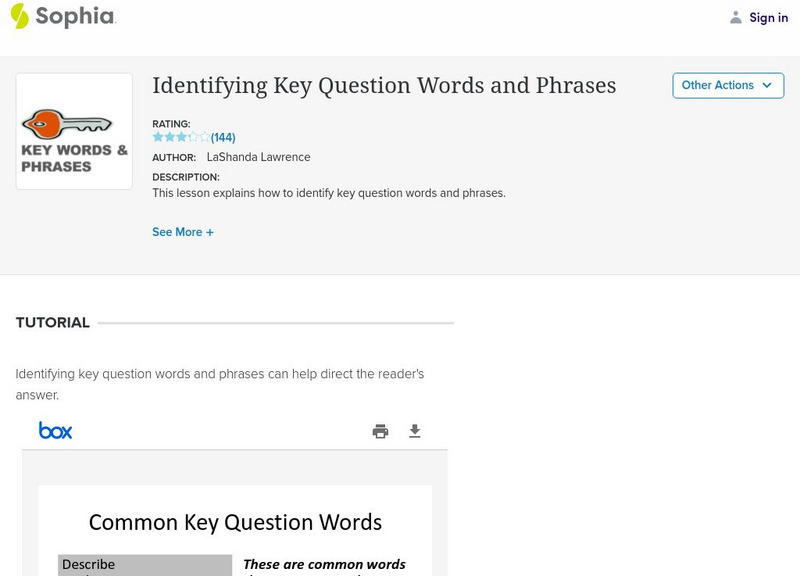



![Scholastic Teaching Resources: Informational Reading Response [Pdf] Graphic Scholastic Teaching Resources: Informational Reading Response [Pdf] Graphic](https://content.lessonplanet.com/knovation/original/261457-b11bd4d074a51abd27ef520fb690e45a.jpg?1661510812)
